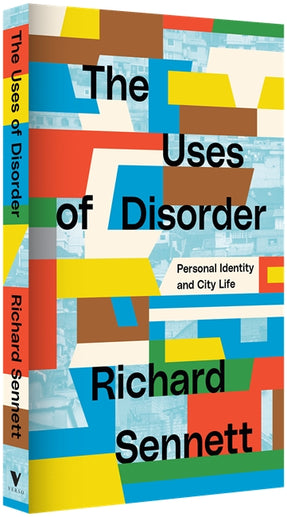Paperback
+ free ebook

+ free ebook
Reissue of the classic text on how cities should be planned
When first published in 1970, The Uses of Disorder, was a call to arms against the deadening hand of modernist urban planning upon the thriving chaotic city. Written in the aftermath of the 1968 student uprising in the US and Europe, it demands a reimagination of the city and how class, city life and identity combine. Too often, this leads to divisions, such as the middle class flight to the suburbs, leaving the inner cities in desperate straits. In response, Sennett offers an alternative image of a "dense, disorderly, overwhelming cities" that allow for change and the development of community. Fifty years later this book is as essential as it was when it first came out, and remains an inspiration to architects, planners and urban thinkers everywhere.
His argument remains powerful and relevant, an inspiration to a new generation of urbanists.
The best available contemporary defence of anarchism . . . The issues [he] raises are fundamental and profound. His book is utopian in the best sense?it tries to define a radically different future and to show that it could be constructed from the materials at hand
Richard Sennett's journey through urban chaos feels as fresh as when it was published in 1970. It argues that the city's vitality is bound up in its unpredictability.